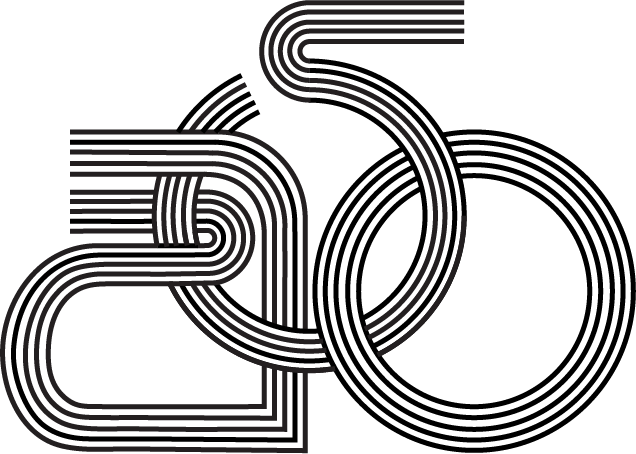Site 6: Crossing Paths with Collaboration
@ 129 Hunter Street (south west corner at Water Street)
Artspace gallery location, 1994-2004
The photo here shows what is now St. Veronus Cafe and Tap Room and what once was the location of Artspace and The Strike Three Gallery. The photo shows the front of the red brick and brownstone building located on Hunter St. W. Peterborough, Ontario. Two doors are underneath a light gray archway with square windows on the left and right side. There is a large amount of windows on the facade; 4 square-shaped on the bottom floor, 5 rectangular-shaped on the second and third floors, and sealed up small arched windows adorning the top level.
Scroll down to read a story about the site written by Peg Town in the summer of 2024.
From 1994 to 2000, Artspace was located at 129 Hunter Street, through the main door and to the right/west side, where you will now find St Veronus Cafe and Tap Room. (I recommend their moules frites and a Belgian beer with notes of honey).
I was working at Artspace when we moved here from 336 George Street North, and dubbed the new exhibition space The Strike Three Gallery as a sporty, metaphoric response to somewhat unfair pitches thrown to us by the city’s favoured players, if you catch my meaning.
Artistic Director, Lynn Beavis, in collaboration with the selections committee, continued on a curatorial trajectory to present both regional and national artists’ works that were beautiful and challenged the status quo and patriarchal heteronormative systems. A majority of the exhibiting artists were women. This included Karen Miranda Augustine from Toronto with Telling Lives, Shawna Dempsey and Lorri Millan from Winnipeg with excerpts from The Dress Series, and - the first artist to exhibit at Artspace in The Strike Three Gallery - Aganetha Dyck with Danced Shoes and Hive Blankets, artworks that she made in collaboration with honey bees back in Manitoba. Her work created quite a buzz!
In 1996, the new director Andrea Fatona brought in Nation to Nation’s collaborative group exhibition, Native Love which explored the theme of love from the perspective of First Nations contemporary visual artists and writers. In that same year, Andrea Fatona curated the ambitious multi-media group exhibition Across Borders, with Jamelie Hassan, Shelley Niro and Catalina Parra. Cross-cultural collaboration and anti-colonial strategizing were main themes with outreach activities that engaged the local community as well as artists and communities across the country.
It was at The Strike Three Gallery where I witnessed the expansive possibilities for making art through collaboration as an alternative to creating works in isolation, as well as the challenges and rewards of sharing knowledge through intergenerational, cross-cultural and interspecies connections.
Scroll down to see an image of a “danced shoe” by Aganetha Dyck and the honeybees
Danced Shoe by Aganetha Dyck and the honeybees, 1994
Photo credit: Peter Dyck
This photograph is of a 4-inch open-toe high-heeled dress shoe in profile. The shoe is made of a colourless transparent material with a thin black sole. Certain parts of the shoe have been adorned with golden coloured wax honeycomb applied by honeybees in collaboration with the artist, Aganetha Dyck.
Reflective Question
What possibilities do you see for making art in collaboration with others, human and non-human?
Site 1: Crossing Paths with History
Site 2: Crossing Paths with Performance
Site 3: Crossing Paths with Community
Site 4: Crossing Paths with Nogojiwanong
Site 5: Crossing Paths with Gardeners
Site 6: Crossing Paths with Collaboration
Site 7: Crossing Paths with Diversity
Site 8: Crossing Paths with Climate Change
Site 9: Crossing Paths with Infrastructure
Site 10: Crossing Paths with Today and Tomorrow



